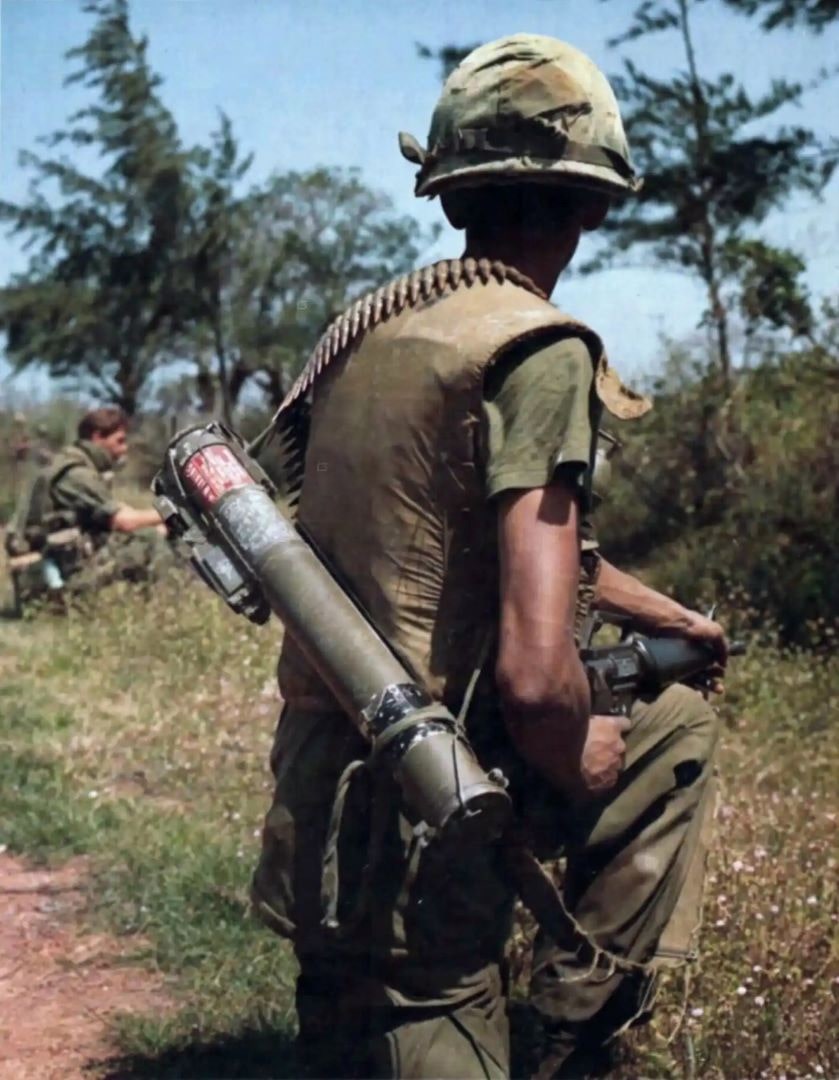1 APRIL 1945 - BATTLE OF OKINAWA - #WWII
The U.S. Tenth Army invaded Okinawa in the Ryukyus Islands, which the Japanese considered home territory. The U.S. Tenth Army, commanded by LT Gen Simon B. Buckner Jr., included the Army XXIV Corps and Marine III Amphibious Corps.
The U.S. Tenth Army invaded Okinawa in the Ryukyus Islands, which the Japanese considered home territory. The U.S. Tenth Army, commanded by LT Gen Simon B. Buckner Jr., included the Army XXIV Corps and Marine III Amphibious Corps.

The campaign began on 26 Mar 1945 when the 77th Inf Division landed on the small Kerama Islands near Okinawa, after which the U.S. established forward bases to support the next phase of the campaign.
#Armyhistory #USArmy #TRADOC #MilitaryHistory #WWIIPacific #Okinawa #77thID
#Armyhistory #USArmy #TRADOC #MilitaryHistory #WWIIPacific #Okinawa #77thID

Operation ICEBERG, the amphibious assault on Okinawa itself, took place on 1 April when with the Army's 7th and 96th Inf DVNs, and the 1st and 6th Marine DVNs landed on Okinawa. The 27th ID followed ashore on 9 April. 

The battle lasted into late-June, and was particularly bitter since the Japanese considered it part of their home territory. American troops suffered heavy casualties on land and at sea when the Kamikazes, sank some 25 American ships and damaged 165 others. 

In June and July, the Allies conducted increasingly intensive air attack and naval bombardment. Gen Buckner was among the nearly 35,000 American casualties on Okinawa. After he was killed he was succeeded by Maj Gen Roy S. Geiger, USMC, and later by GenJoseph W. Stilwell, USA. 

• • •
Missing some Tweet in this thread? You can try to
force a refresh

 Read on Twitter
Read on Twitter
















